Genetic mapping of Northern Spotted Owls
Bay Area researchers have mapped the DNA of the Northern Spotted Owl, gaining information that could shed light on how this threatened Pacific Coast bird is interacting with non-native owls invading its habitat.
The California Academy of Sciences — in collaboration with U.C. Berkeley, U.C. San Francisco, the National Museum of Natural History in Paris, and the Howard Hughes Medical Institute — extensively sequenced the bird’s genetic material and published their findings this month in Genome Biology and Evolution.
“The Northern Spotted Owl is special because it’s our backyard bird here in the Bay Area—found from Marin County all the way north to British Columbia,” said Dr. Jack Dumbacher, curator of ornithology and mammalogy at Cal Academy and a member of the Golden Gate Bird Alliance Board of Directors
Marked by white spots across a brown chest, the Northern Spotted Owl (Strix occidentalis carina) vocalizes two to three short hoots followed by a longerhooooo from its perch on centuries-old trees in old-growth forests. But standing at a foot-and-a-half tall, this top predator is now rarely seen or heard. The bird experienced a rapid decline and has been federally listed as threatened under the Endangered Species Act since 1990.
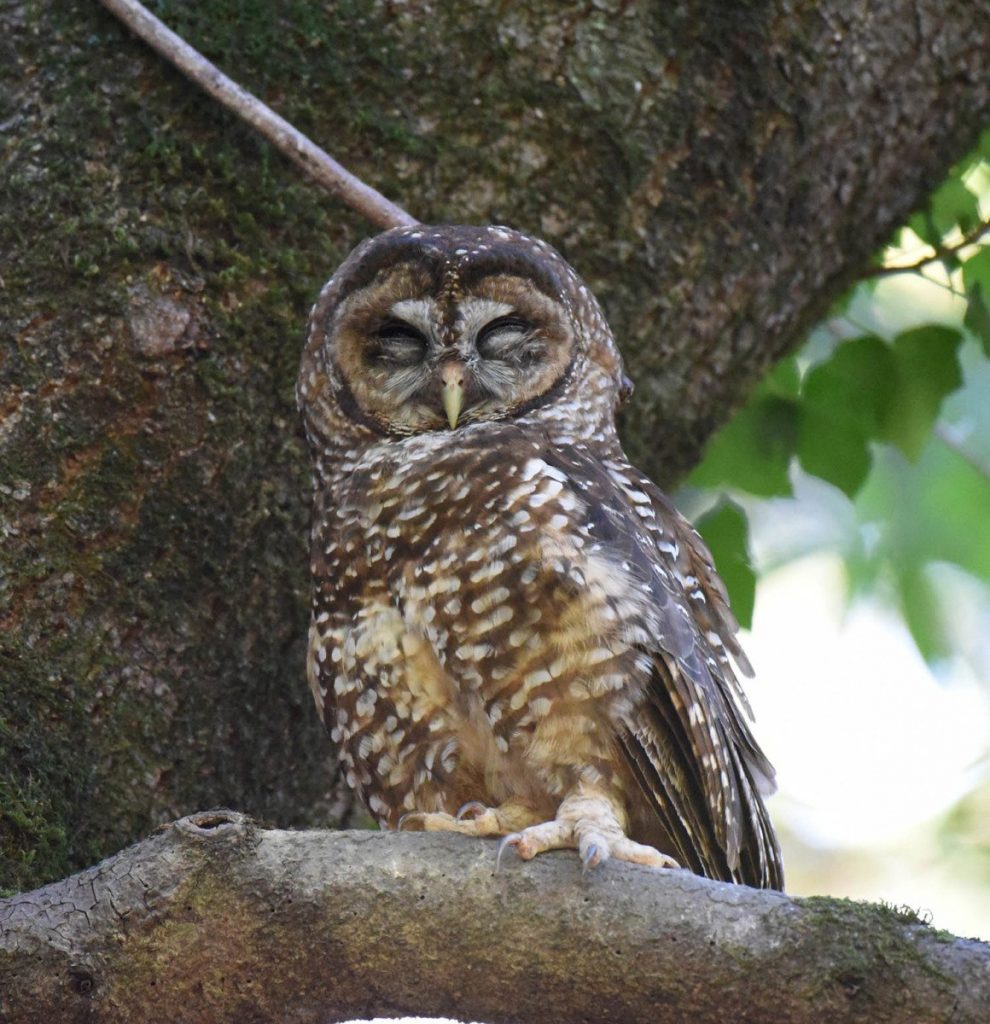 Northern Spotted owl in Marin County / Photo by Jack Dumbacher
Northern Spotted owl in Marin County / Photo by Jack Dumbacher
“We’ve really seen a perfect storm with many factors complicating the Northern Spotted Owl’s recovery,” Dumbacher said. But this storm is unprecedented, so researchers are working to track how it unfolds in forests across the West.
Understanding a shifting power dynamic
Over the past half-century, the Barred Owl (Strix varia)—a close relative formerly found east of the Rocky Mountains—has flown onto the scene. Notable for its larger size and more aggressive behavior, Barred Owls have vertical dark markings against a white belly and a hooting call birders mimic with the words, “Who cooks for you?”
Barred and Northern Spotted Owls now have overlapping geographic ranges and compete with one another for prey and breeding territories. To complicate matters, timber harvest has reduced available habitat for both species. The Barred Owl is the scrappier of the two, enjoying a more varied diet and producing more young, more often—ultimately emerging as the super competitor.
 Barred Owl (left) and Spotted Owl (right) / Photo courtesy of CNN
Barred Owl (left) and Spotted Owl (right) / Photo courtesy of CNN
“We wanted to know how the Barred Owl’s range expansion will play out evolutionarily,” said Zachary Hanna, lead author and an Academy-affiliated student who is currently a PhD candidate at U.C.…

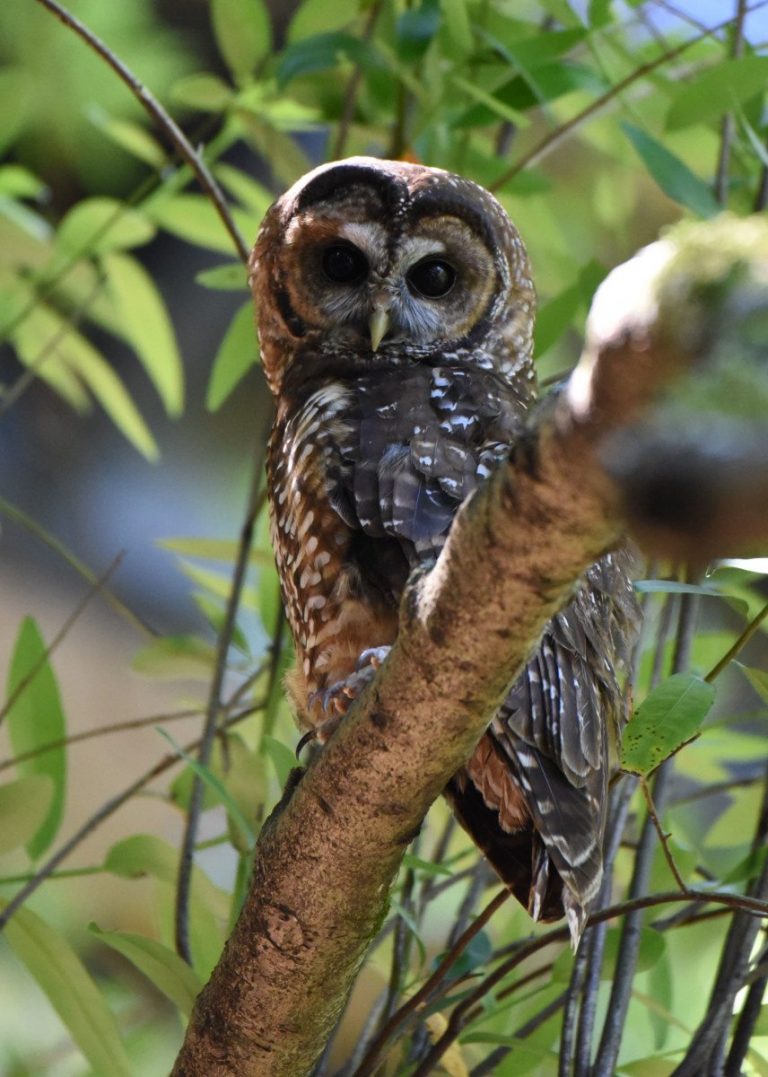

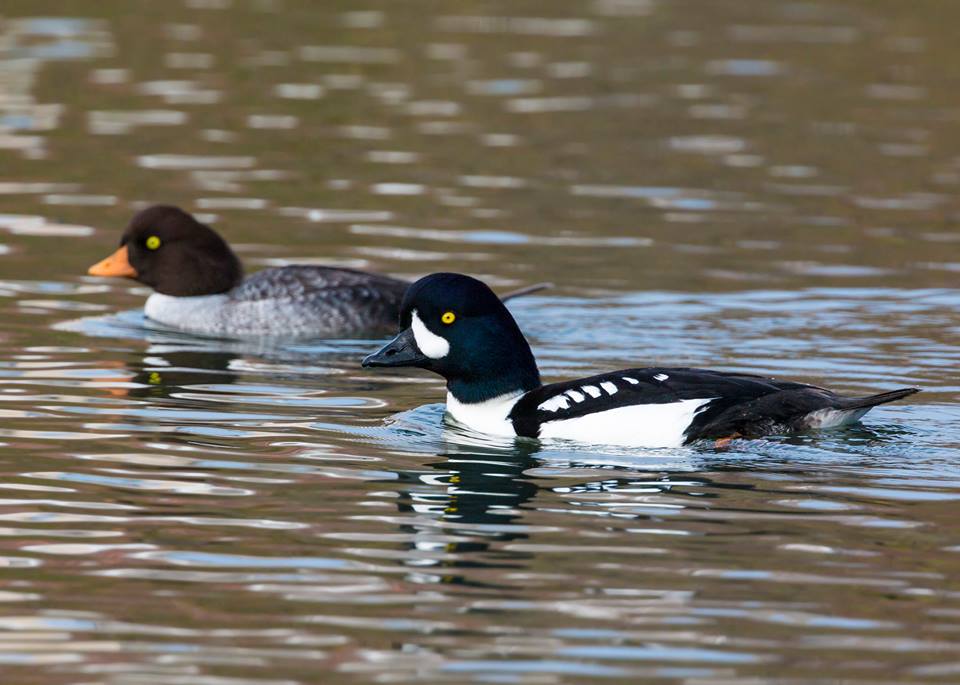 Barrow’s Goldeneye pair at Lake Merritt / Photo by William Clark
Barrow’s Goldeneye pair at Lake Merritt / Photo by William Clark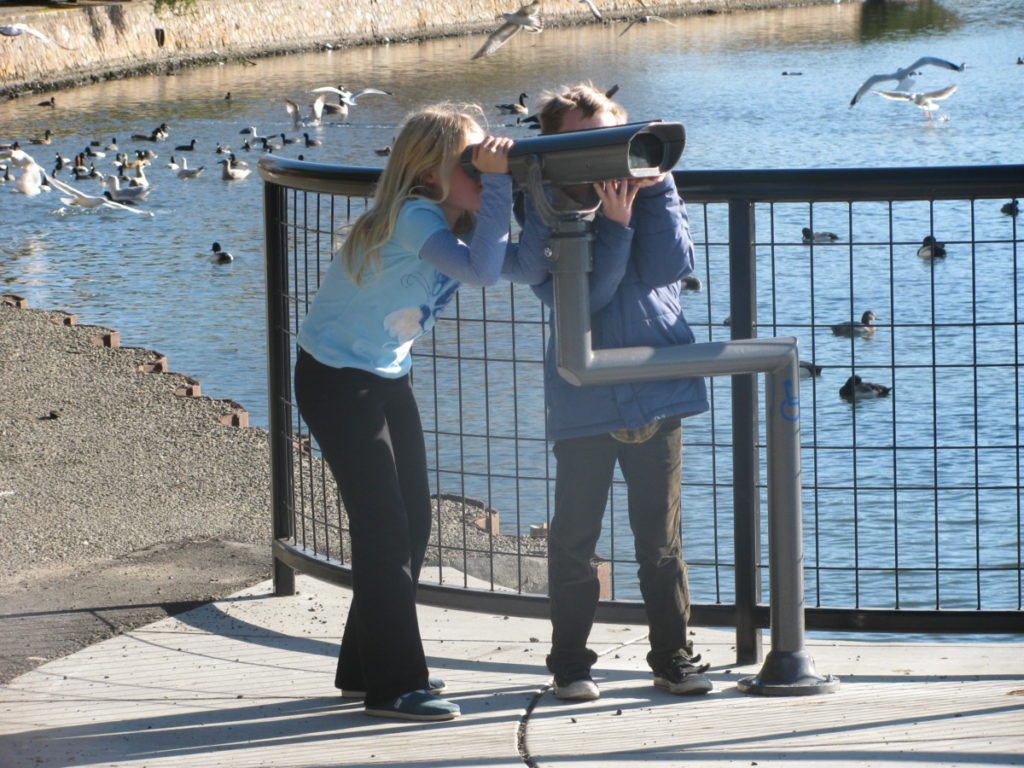 2012 Kids’ Bird Count at Lake Merritt organized by Golden Gate Bird Alliance / Photo by Ilana DeBare
2012 Kids’ Bird Count at Lake Merritt organized by Golden Gate Bird Alliance / Photo by Ilana DeBare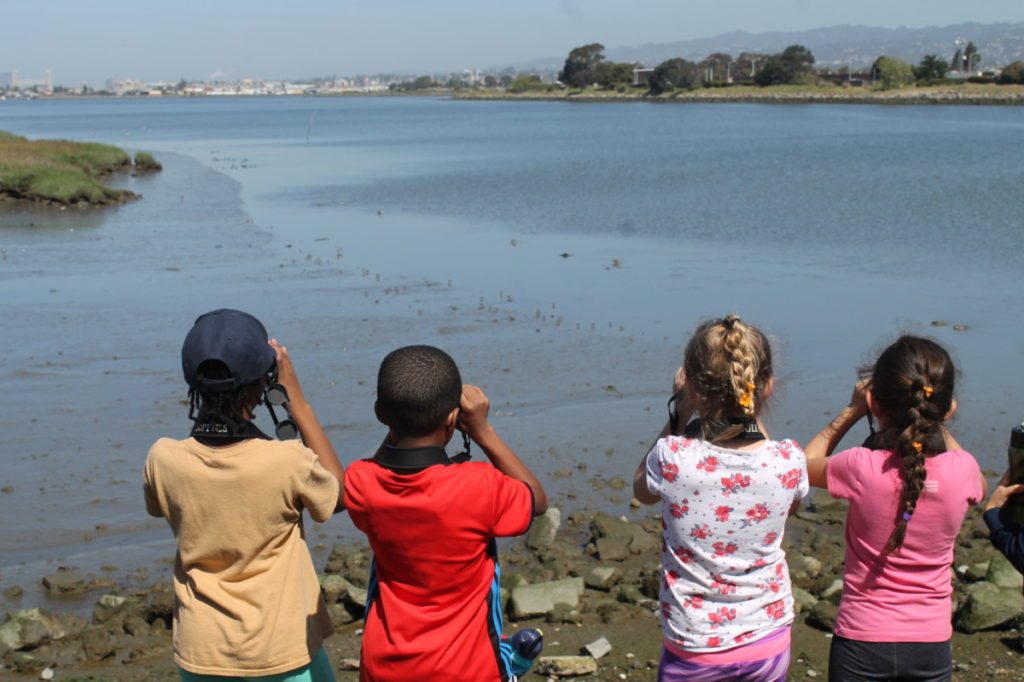 Today’s Eco-Ed students could be tomorrow’s Audubon leaders. Photo by Monica Moore.
Today’s Eco-Ed students could be tomorrow’s Audubon leaders. Photo by Monica Moore.
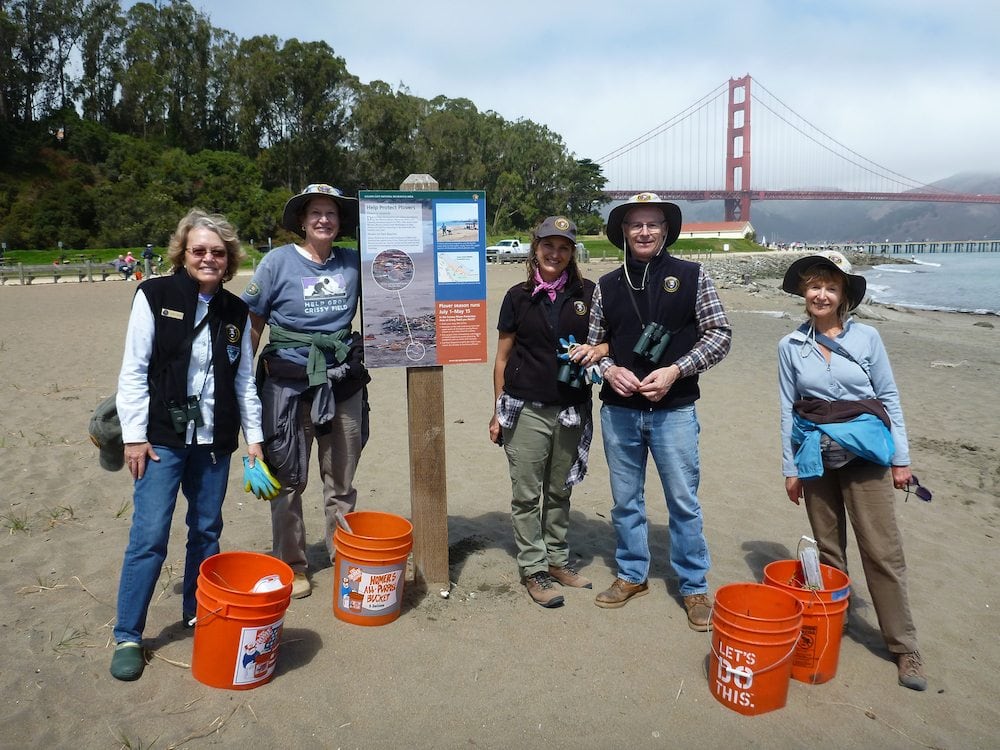 GGBA volunteers clean up shorebird habitat at Crissy Field.…
GGBA volunteers clean up shorebird habitat at Crissy Field.… 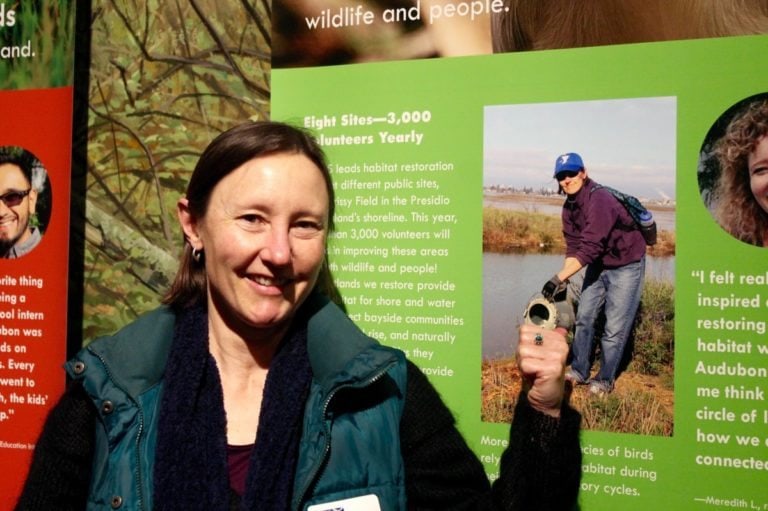
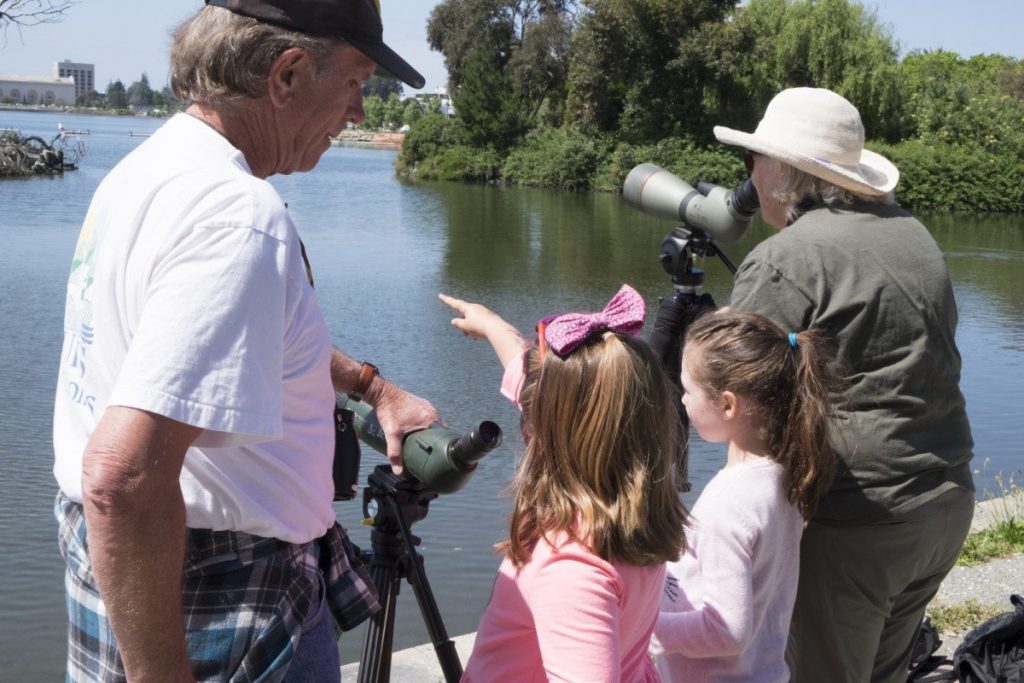 GGBA docents at Lake Merritt / Photo by Eleanor Briccetti
GGBA docents at Lake Merritt / Photo by Eleanor Briccetti
 GGBA field trip to Middle Harbor Shoreline Park / Photo by Ilana DeBare
GGBA field trip to Middle Harbor Shoreline Park / Photo by Ilana DeBare

 Fort Scott at the Presidio / Photo by Alan Hopkins
Fort Scott at the Presidio / Photo by Alan Hopkins